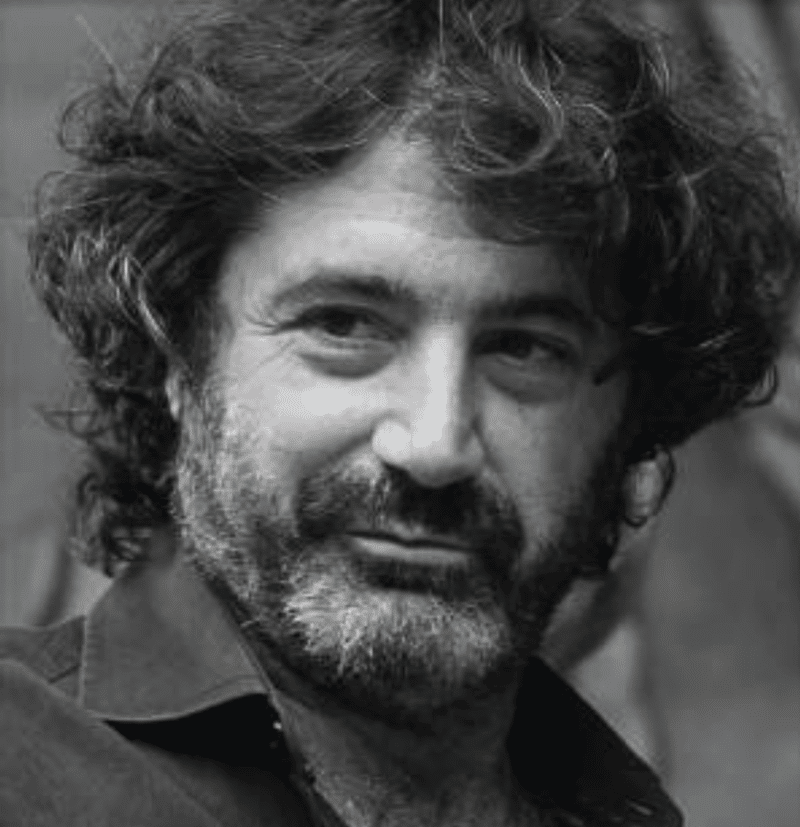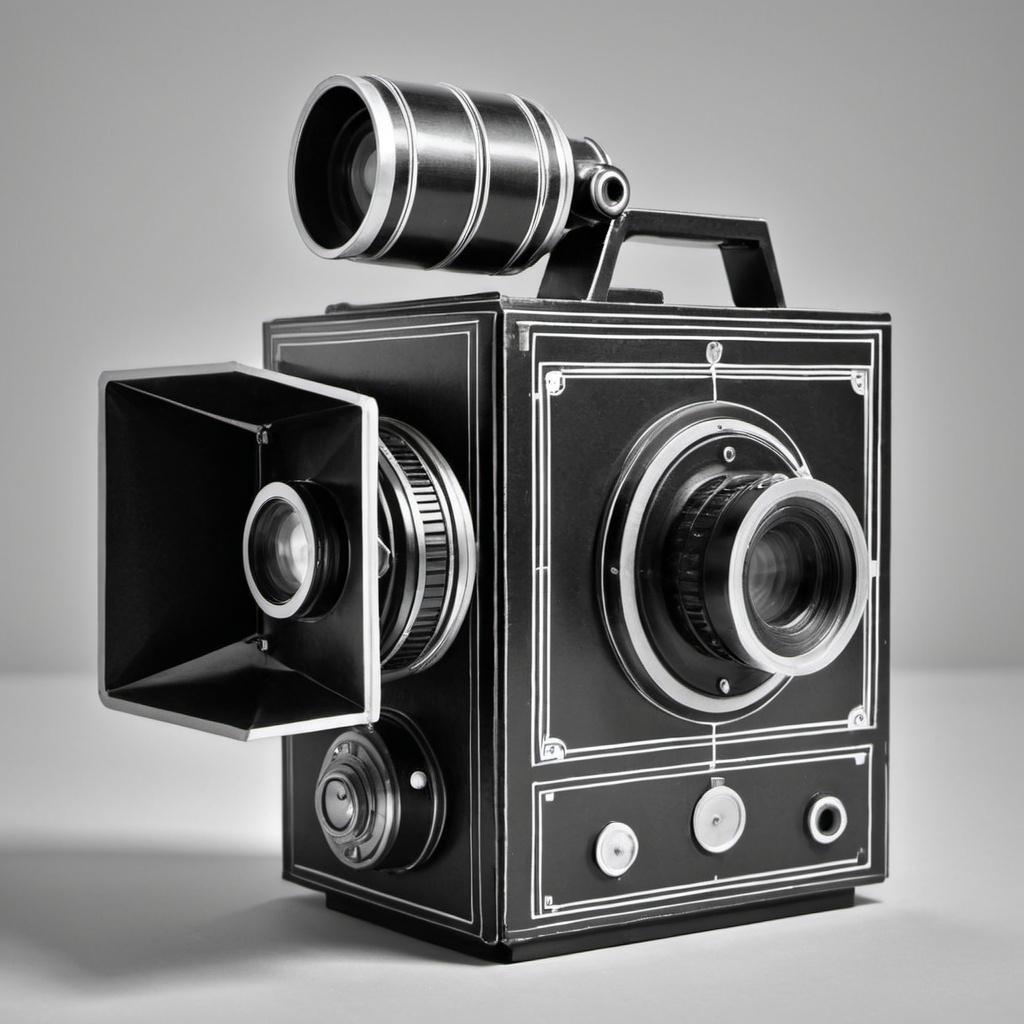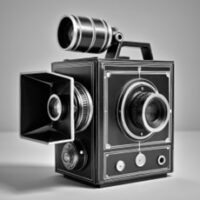

The world of direction of photography has been necessarily linked to several aspects of cinematography. The first is the camera’s own reality as a tool, which makes a representation/interpretation of the real by means of the photographic process through the DOP’s perspective. The second is the cinematographic narrative itself, whether it originates from a script or not. The third is the handling or manipulation of the images, either in the analog or digital laboratory.
These three factors, not necessarily in this order, are at the heart of the cinematographer’s work. Digital technology has already begun to modify these conditions, especially with the advent of computer-generated VFX and the possibility of creating image worlds in post-production that are not based on reality. The representation and, consequently, the interpretation that the cinematographer makes using the camera and the photographic process of the real world has been devalued over the years. Digital technology has made it possible to dispense with what we have in front of us, and with the camera itself, to build something that does not exist in reality and does not need it for its sustenance.


It seems that the next step at this point is the so-called artificial intelligence, which can already create hyper-realistic images from the analysis of vast amounts of data and the handling of symbols. Unlike photography, AI generates images based on representations of representations, drawing from thousands, even millions, of images circulating as data in virtual space. AI can simulate photographic processes, but it is far from photography, as it lacks two fundamental pillars of photography: external reality, which exists outside of us as primordial material, and the randomness, contingency, and uncertainty that this reality itself implies.
However, it is questionable whether this will be the case for long. For example, robots are already capable of interacting with the world through their sensors, which allow them to see and hear the environment, interpret what these sensors pick up, and make consequent decisions. However, it is worth considering that the sensors that allow the robot to interact with the surrounding space do so only by analyzing data, which is a far cry from how our brain interacts with the environment.
From this reality, the question arises: how does AI relate to cinematography as we have understood it up to now? Will the role of the cinematographer change to become a digital creator who illuminates all those images generated by computers? Does it end or, in any case, limit the work on set?
And this question makes sense if we consider, for example, Griffith’s “Intolerance” or Leni Riefenstahl’s “Triumph of the Will,” where the shots are built with an overwhelming reality, featuring huge sets (Babylon) and hundreds of extras, or those esplanades filled with Nazi soldiers in perfect formation. Do those sequences have greater artistic value than the ones we can now create in 3D spaces with VFX or by filling spaces with hundreds of digital extras? The creation of those scenes required not only a huge amount of money but also the energy of all the human beings concentrated there, both artistic and technical teams. Can you see and feel all that energy on the screen? Would “Fitzcarraldo” or “Aguirre”(1) be the same if a large part of their images had been created digitally?
If we answer this question in the affirmative, perhaps we fall into a certain romantic spirit that refuses to recognize that digital and computational technology has erased all that aura of authenticity, as Walter Benjamin already explained, and AI comes to cleanse even more all traces of that authenticity. Or, on the contrary, do we recognize the human will, the tension that is generated in all filming and that is embodied in the projected images, opposing simulacrum to reality, even when that simulacrum ends up being the truth itself?
The light we experience in the real world—the light that comes and goes, that blinds us or dazzles us, or that we barely glimpse; the light that also plays randomly when it hits surfaces, in other words, the light that is alive, fluctuating, unpredictable along with our gaze that never stops searching, finding, and waiting— is this the same light that we can manipulate in virtual environments? Can digital technology simulate it in the same way, make the viewer feel the same, or does its condition, model, and in some way blind us, determining us to look in only one way, in only one direction?


I’m not sure if there are clear answers to these questions today, but what is worth asking is who benefits most, ultimately, from this separation of the real and its recreation through digital tools. Who benefits from the dissolution of the social amidst the increasingly exacerbated individuality we witness in the contemporary world? We, the directors of photography, as well as all those involved in the audiovisual world, can benefit from this technology, but it seems to me that the major beneficiaries will be, as could hardly be otherwise, capital, represented by producers, investors, and shareholders. And they are so because that has been the case in what we know of the industrial cinema of major studios and corporations. These entities now represent the epitome of a “capitalist reality” of control, where the past and the future are a constant present of infinite images whose aim is to simulate satisfying the desires of “visual consumers.” And I say simulate because such satisfaction is impossible; it’s yet another fallacy that demands stifling or, at best, shaping any authentically creative intentions of directors of photography.
Regarding the handling that we DOPs make of our photography in the post-production processes, I think that nobody is unaware of how digitalization has led to less control of our images, not only because there are more people involved in the photographic process, but also because the machines increasingly perform more and better tasks of correction, adjustment, and even the creation of the photograph itself. In this way, the final image moves away from the reality from which it was taken and becomes increasingly virtual, and in this virtual terrain, it seems that AI is unbeatable. Therefore, in this sense, cinematography as we have known it in the celluloid world is disappearing or, in the best of cases, undergoing substantial transformation. It seems that we cinematographers have not sufficiently reflected on this transformation, on the shift from modernity to postmodernity. The former represented by that machine full of gears, motors, and rollers that we call the cinematographic camera, and the latter by the digital camera where nothing moves, but everything fluctuates. In the former, we DOPs acted; with the latter, we interact, and this difference is substantial when it comes to constructing images. These images no longer emanate from the very substance of reality, where the analog camera was merely an intermediary between it and its image. In the digital realm, they result from a dialogue with the machine, with all the machines involved in the process, and this interaction will become even more pronounced with the introduction of AI. Here lies, if possible, one of the great deceptions of digital technology: its promise that everything that can be thought can be visualized—a promise characteristic of post-Fordism, of the “capitalist realism” of liquid postmodernity. This has led to an unprecedented standardization of cinematographic photography, where it seems that nothing new is achievable. And perhaps, for this very reason, cinematographers, especially the younger ones, look back to the vintage, perhaps seeking some “truth” there, or unconsciously nurturing the empty simulacrum of the contemporary era even more.
Another aspect in which cinematography, it seems, does not lose ground is that of cinematic storytelling. Whether with virtual images or real images transformed to varying degrees in their representation, it is necessary to tell a story, and here the DOPs play a crucial role in deciding lenses, positions, or camera movements. But it should be noted that as the narrative becomes a set of repetitive rules or guidelines, both in content and form, it becomes easier for AI to eliminate the need for cinematographers, and not just them. Human skills or abilities that can be mechanized will inevitably be mechanized, and that is precisely the purpose of machines. If we, in the style of the Hollywood industry, continue to repeat plots, scripts, and narrative structures, I have no doubt that AI will eventually produce better scripts than the scriptwriters themselves and create images that perfectly convey the story, even with double or triple meanings. AI will be capable of storing all scripts ever made, such as those in film noir, and comparing behaviors, situations, spaces, and times to write an original script that incorporates all essential elements of the genre.
Perhaps worth mentioning here, however, is the 2013 study conducted by Oxford University regarding the impact of computerized systems and robotics on jobs in the U.S(2). They analyzed 702 job categories, and photography appears to be one of the most challenging occupations to automate. However, considering the images that AI can create today, this assessment may no longer be entirely accurate.
The cinematographer has been gradually losing their traditional craft as it was understood in the world of cinema, which has now evolved into the broader audiovisual realm, for many years. To a large extent, this is our responsibility because we have not been able to view digital and computer technology as an allied tool and, above all, to control it, even if it means redefining our craft. We have allowed ourselves to be guided by the demands of post-capitalist consumer mechanics and the perpetual dissatisfaction of desires: more resolution, more color, more sensitivity, more speed, more automatic cameras, and more of everything in the components of the visual creation chain. Could we have chosen differently? This voracious drive has largely prevented us from focusing on the consequences it would bring. The problem lies in our inability to see the global perspective; we still believe we are free and creative within systems designed precisely to prevent this. In the control society we inhabit, self-control becomes the most effective tool to stifle any form of art (including images) that does not generate profit. As Mark Fisher points out, “managerialist initiatives perfectly serve their hidden real objectives, which aim to further weaken labor power and undermine workers’ autonomy as part of a broader project to restore historical conditions of power and wealth for the hyperprivileged classes”(3). And these “managerialist initiatives” essentially act as a layer of managers between the image created by cinematographers and the final product delivered to the viewer. Many of us cinematographers have experienced the frustration of dealing with numerous intermediaries in the image creation process, especially within audiovisual content platforms that hire us.
There are multiple generational layers overlapping in cinematography direction, each with diverse levels of photographic thinking worldwide. Focusing solely on major industries as an aspiration or benchmark can jeopardize our creative aspirations. Within cinematographers’ associations, you encounter the entire spectrum: from DOPs who built their careers predominantly in the analog era to younger ones who have only encountered celluloid film cameras in museums or rental houses. Between them, several generations blend various emotions and technologies. This complexity makes it challenging, if not impossible, for filmmakers to align their own desires to find solutions amidst the dissolution of the traditional parameters that have defined our craft.
AI cannot be on a film set (for now); it cannot interact with the director to create a shot, observe actors as a cinematographer does, improvise, or leave the appearance of shots and performances to chance, which often surprises us. Our concern with AI and the digital technology associated with it lies not in the tool itself but in how capital and the companies owning the algorithms intend to use it. This often leads to nothing but alienation and the loss of the creative curiosity that defines all of us who love cinema.
* This text is based on some notes from the round table “Developments and implications of AI (artificial intelligence) in audiovisual” that took place during ABC Week 2024 in São Paulo.
(1) Fitzcarraldo and Aguirre are two films by Werner Herzog from 1982 and 1972 respectively.
(2) https://oms-www.files.svdcdn.com/production/downloads/academic/future-of-employment.pdf
(3) Translation of Mark Fisher’s book “Capitalist Realism: Is There No Alternative?” in the Spanish version edited by Caja negra (2016).


























